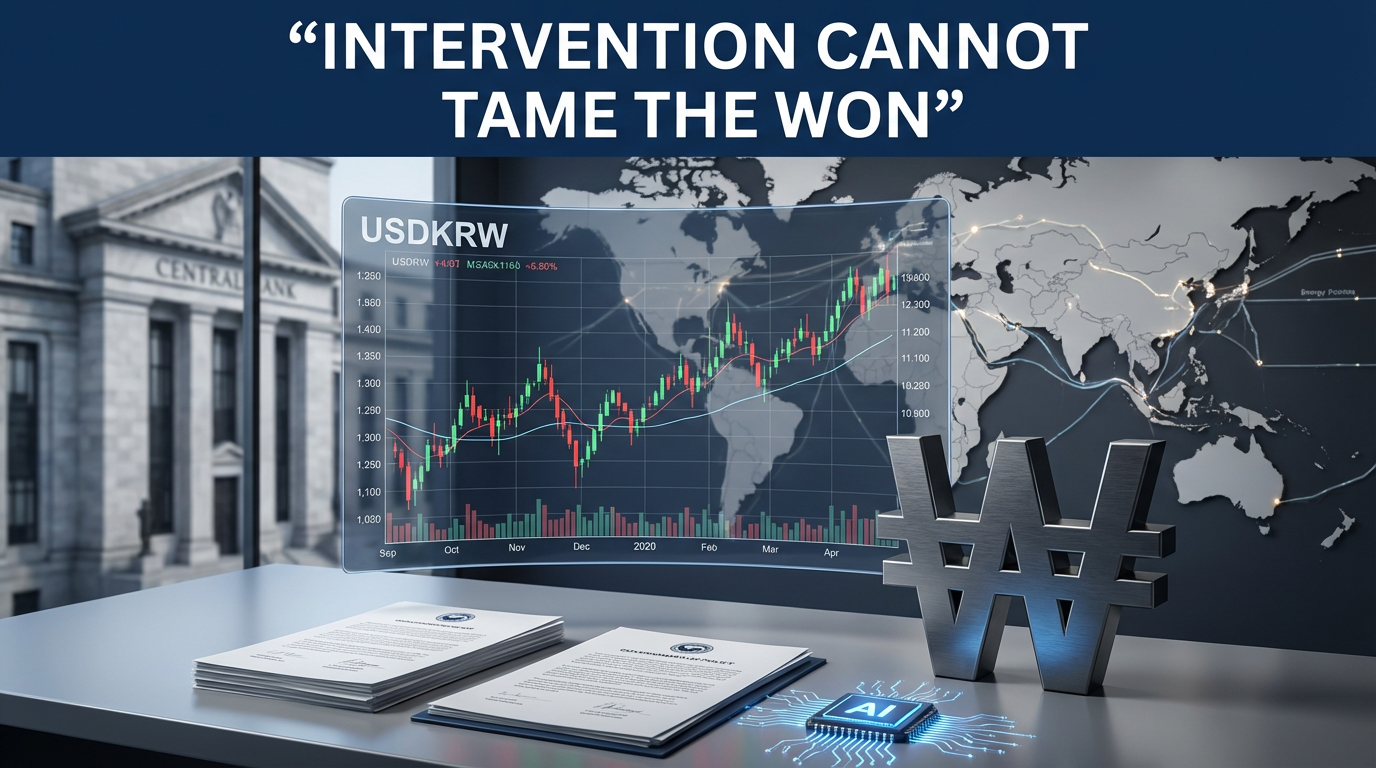The global freight market is currently facing the challenge of rapidly adapting to a changing environment and industry trends. Below is a brief summary of the key issues and trends to watch in the global logistics industry, categorized by area.
1. Ocean Freight
Key Issues:
-
Airline Alliance Dissolution and Restructuring
The termination of the 2M alliance between MSC and Maersk (February 2025) has led to a restructuring of shipping alliances, with new partnerships such as ZIM and the Premier Alliance being formed.- Short-term impact: Schedule instability, increased potential for vessel arrival delays and missed ports.
- Long-term impact: Route changes, indirect route shifts, extended transit times, and fluctuating rates.
-
Port Congestion and Operational Issues
On-time performance at major ports is declining, and congestion continues due to inclement weather and labor shortages.- Representative Regions:
- Asia: Shanghai, Ningbo (10-14 day delays)
- Europe: Rotterdam, Hamburg, Le Havre (up to 10-day delays)
- North America: Los Angeles, Long Beach (surge in demand and weather-related issues)
- Representative Regions:
-
Environmental and Regulatory Impacts
The introduction of new emission standards and tariff changes are adding complexity to logistics operations.
Logistics Strategy:
- Readjustment of routes and transportation options in response to alliance changes.
- Flexible schedule management through port condition monitoring.
2. Regional Logistics Updates
(1) Asia
- Asia-Europe routes: Continued port congestion and Red Sea crisis leading to unabated increases in transportation costs.
- Asia-US routes: Departure delays and infrastructure pressure due to the Lunar New Year holiday after the Spring Festival.
(2) Europe
- Anticipated disruption on transatlantic routes following the dissolution of the 2M alliance.
- Increased congestion at major ports impacting logistics operations in Western Europe.
(3) North America
- US West Coast ports (USWC): Increased congestion due to increased transpacific cargo demand.
- Expansion of cross-border movement restrictions between Canada and the US (e.g., tariff threats).
(4) South America
- Logistics schedules delayed and additional costs incurred due to port congestion and heavy rainfall in Brazil.
- Transportation space shortages in Colombia and Ecuador markets due to high demand.
(5) Oceania
- Constraints on connectivity with Asia and the US due to inclement weather and port regulations.
(6) Middle East and Africa (SAMA)
- Continued Red Sea conflict resulting in a shift of logistics routes to the Cape of Good Hope.
- Increased congestion at major ports (Salalah, Jebel Ali).
3. Air Freight
Trends and Outlook:
- Short-term increase in demand and peak season surcharges expected due to the Lunar New Year.
- Rate stability remains uncertain, with key affected regions being Asia-US and Asia-Europe.
4. Supply Chain and Logistics Services
Key Services Offered:
- Multimodal Transport (Ocean, Air, Truckload)
- Utilization of multimodal routes and optimization of dedicated emergency logistics routes.
- Customs Brokerage and Regulatory Compliance
- Importance of systematization of global logistics regulations (e.g., CARM: Canada's mandatory import program).
- Project Logistics & Reverse Logistics Services
- Cost management through optimization of complex large-scale projects and return logistics operations.
5. Technology Utilization and Digitalization
Digital tools such as C.H. Robinson's Navisphere platform provide real-time cargo visibility, transportation analytics, and cost optimization, while IoT and AI-based technologies minimize supply chain disruptions.
- Global TMS technology: Integration and optimization of global transportation flows and planning.
- Enhanced Reporting and Analytics: Support for efficient business decision-making.
6. Recommended Strategies
What Logistics Companies and Shipping Companies Should Do Now:
- Adapt to the new alliance structure: Evaluate route changes and new partners.
- Accelerate technology adoption: Strengthen real-time visibility and cost management through the use of digital platforms.
- Respond to environmental regulations: Enhance sustainability and comply with international environmental regulations.
- Develop risk mitigation plans: Prepare strategies to counter regional congestion and supply chain disruptions.
Conclusion
2025 will be a year of responding to changes and challenges in global logistics and supply chains. Proactively identifying and flexibly addressing various factors such as changes in shipping alliances, port congestion, environmental regulations, and technological innovation will be key to success.



